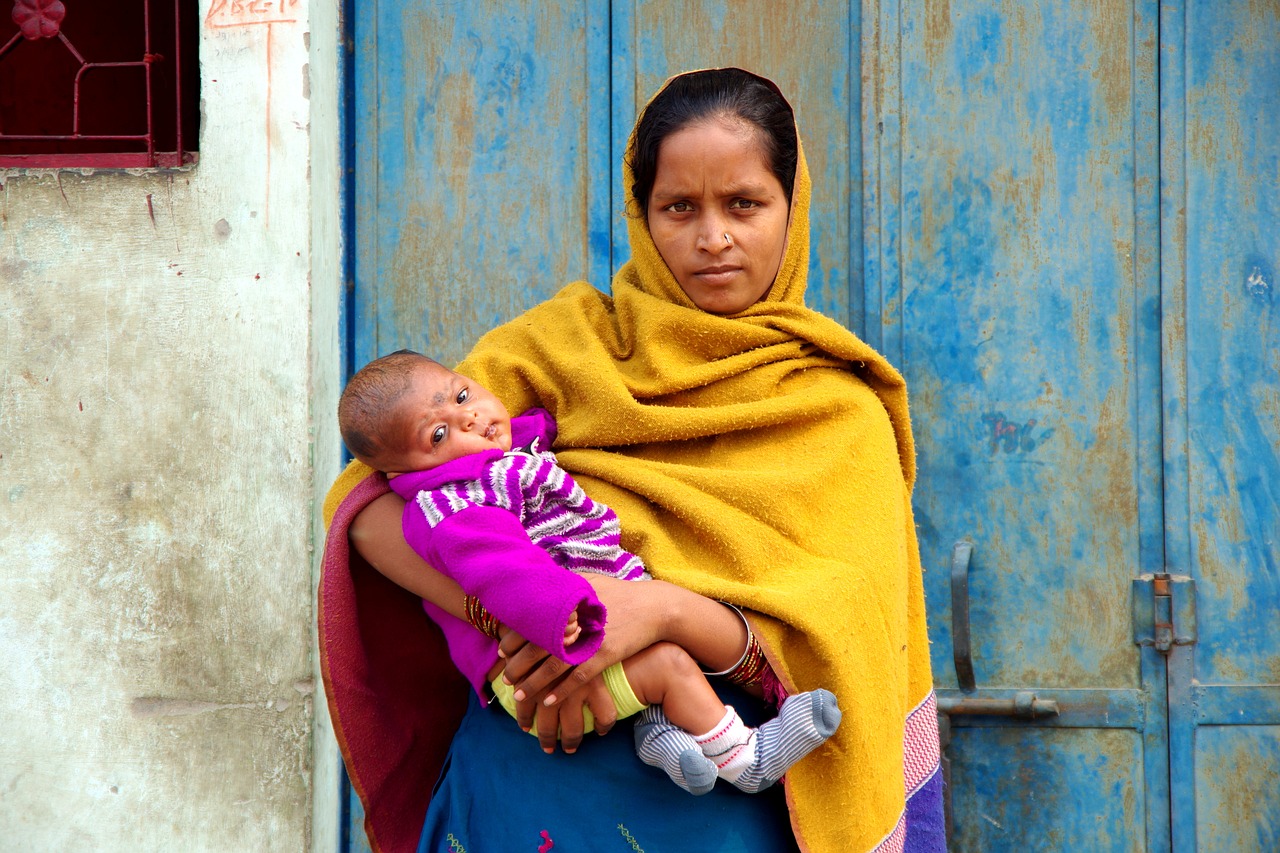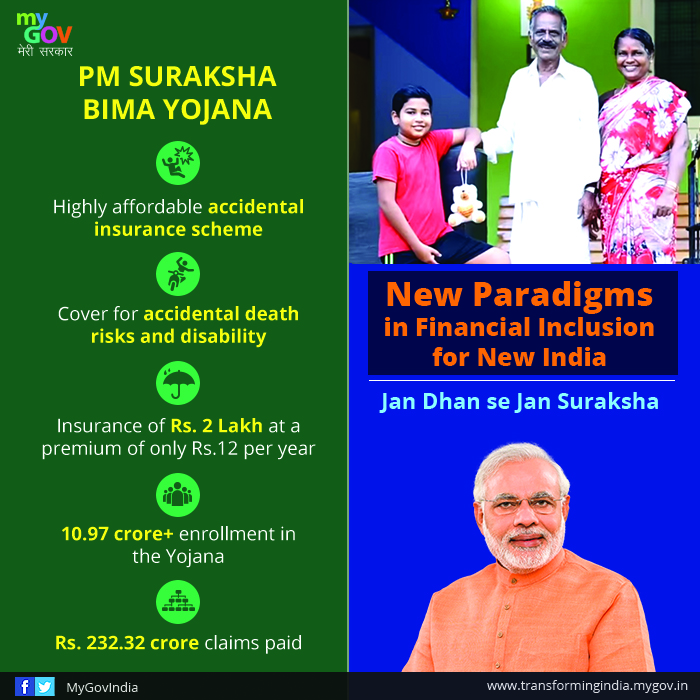With a little over 1% of its GDP expenditure allocated to Public Health, India continues to be the amongst the nations having lowest budgetary allocations for Public Health. This gets reflected in the poor service delivery system which plagues the Public Health system in India. The issue of public health has never become a political agenda and hence has remained devoid of policy prudence. The last big reform measure was Rashtriya Swasthya Bima Yojana (RSBY).
The failing governance framework and Insurance as long term strategy
India’s healthcare system was ranked at 112 out of 190 countries by World Health Organization’s 2000 World Health Report. Health care governance has had a very poor track record. The problem of adverse selection poses a great threat to the idea of insurance as a tool of public health finance as people who buy insurance are sicker than average population.
The rise in spending on inpatient department shows that people have availed the services related to insurance. In contrast the outpatient expenditure has not changed over the years. This leads to a bigger moral hazard and indicates that clients and doctors are incentivised to overuse the facilities. Moreover, the problem serious information asymmetry makes insurance as a poor tool for healthcare financing.
The Healthcare Road Ahead
Even after more than seven decades of independence, there is a serious mismatch between India’s declared objectives of healthcare and the efforts put in to achieve the same. The Healthcare sector has grown at a compounded annual growth rate of 16.5% in India and is likely to be worth $280 billion by 2020. But the fruits of this growth are not equally distributed. The policy measures adopted by India should be comprehensive and inclusive. These should primarily aim at catering to those who are at the bottom of the pyramid. Creative IEC strategies should be designed to do away with the problem of information asymmetry.
India can learn a lot from other developing and developed countries. It should remain open to experimentation. Singapore has adopted a very unique model called Medical Savings Account which allows Singaporeans to put aside part of their income into a Medisave account to meet future personal or immediate family’s hospitalization. This has resulted in positive health outcomes for the citizens of the country as compared to other developed countries. Given the demographics of India, it can also adopt similar policy suitable to Indian context.














